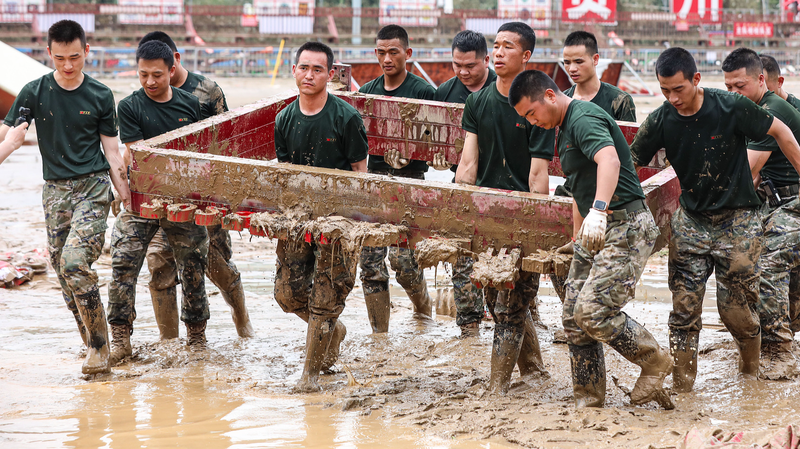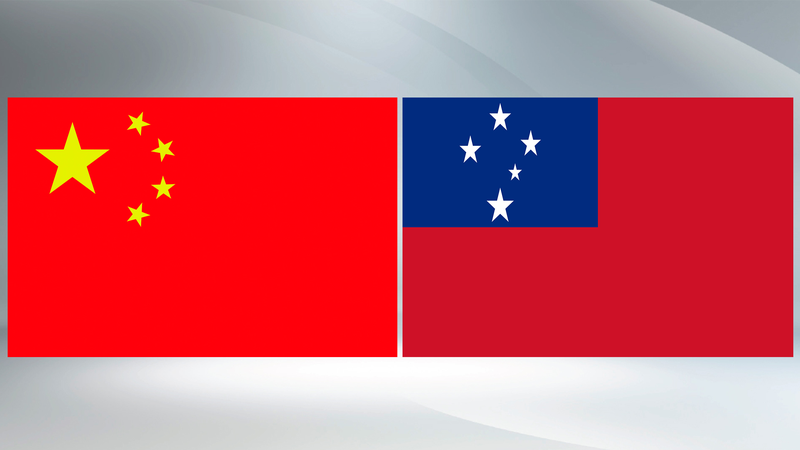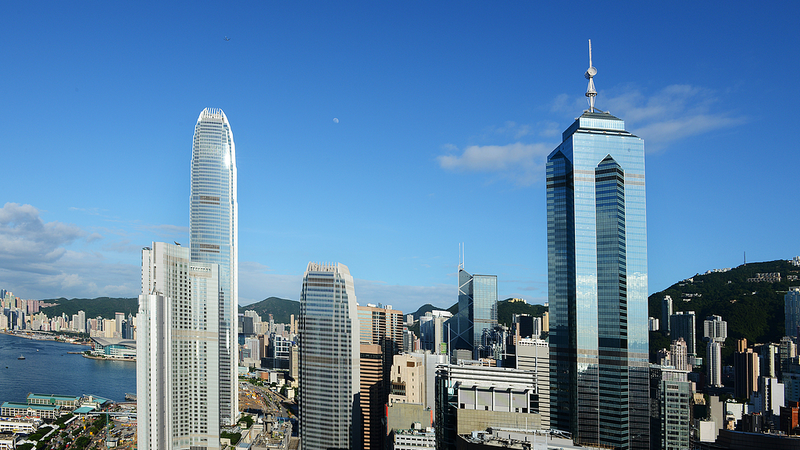When relentless rainstorms struck Rongjiang County in Guizhou Province on the Chinese mainland this June, local communities faced rising waters, damaged roads, and thousands at risk. Within hours, more than 9,200 troops from the People's Liberation Army (PLA) and units of the People's Armed Police Force (PAP)—backed by 14,000 militia members and 90 heavy engineering machines—rushed to the frontlines.
From muddy creek beds to submerged villages, military engineers cleared roads and removed debris, while rescue teams evacuated over 48,000 residents to safety. Disinfection crews followed, ensuring displaced families could return to cleaner, more secure surroundings.
Digging into the data: the PLA's rapid deployment stands out. In under 72 hours, more than 90 pieces of heavy equipment restored critical infrastructure, slashing potential economic losses by an estimated 30%—a testament to the power of organized, large-scale responses in times of extreme weather.
As the PLA prepares for its 98th anniversary in 2025, Chinese President Xi Jinping has praised the force for being "a heroic unit that enjoys the full trust of the Party and the people." He underscores that the PLA's humanitarian efforts at home feed into its global peace mission, offering a model for military engagement in natural disasters worldwide.
For young global citizens and changemakers, the crisis in Guizhou highlights two key takeaways: accelerating climate risks demand rapid, coordinated responses—and military and civilian cooperation can make a real-world impact. Whether you're in entrepreneurship, tech R&D, or sustainable travel, these lessons on agility, scale, and community trust are more relevant than ever.
Join the conversation on cross-border disaster relief and the evolving role of military forces in humanitarian missions. Share your experiences and ideas on building resilient communities worldwide.
Reference(s):
China's PLA continues to put people first, contribute to world peace
cgtn.com




